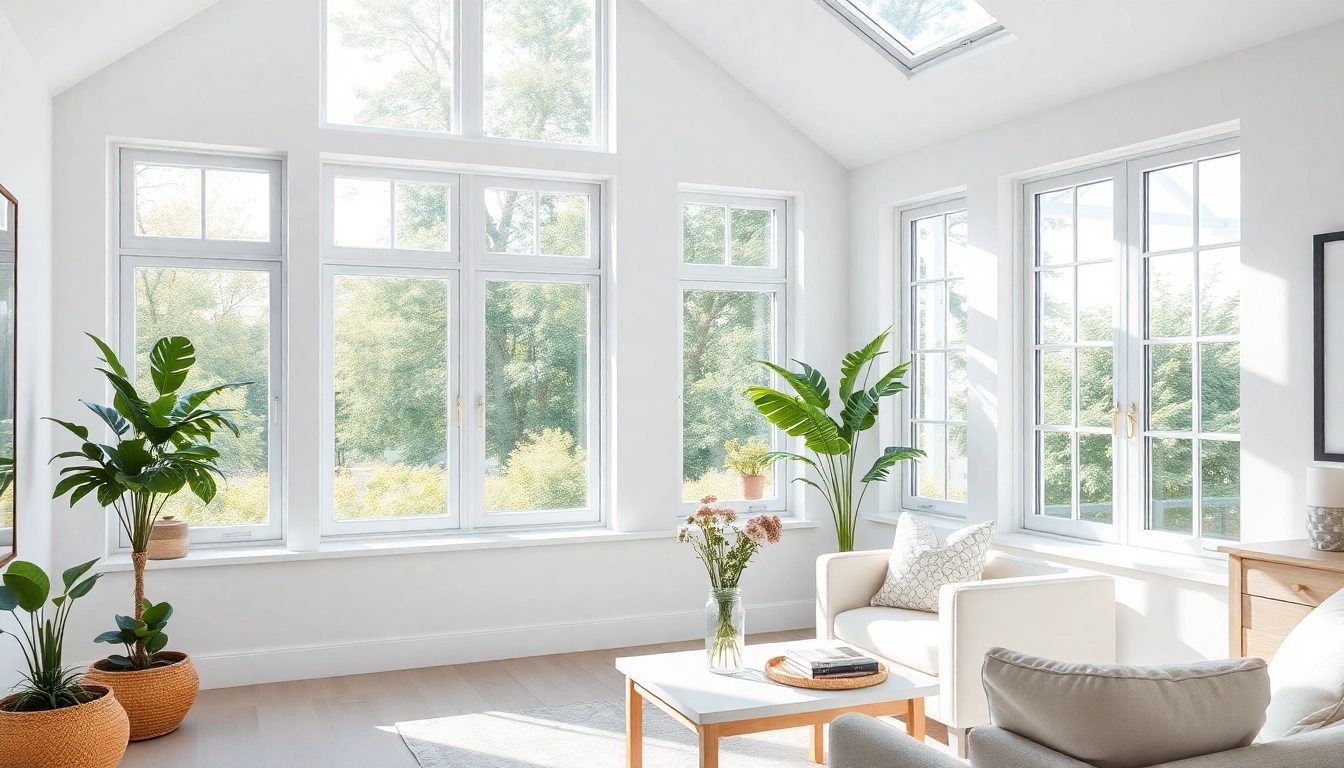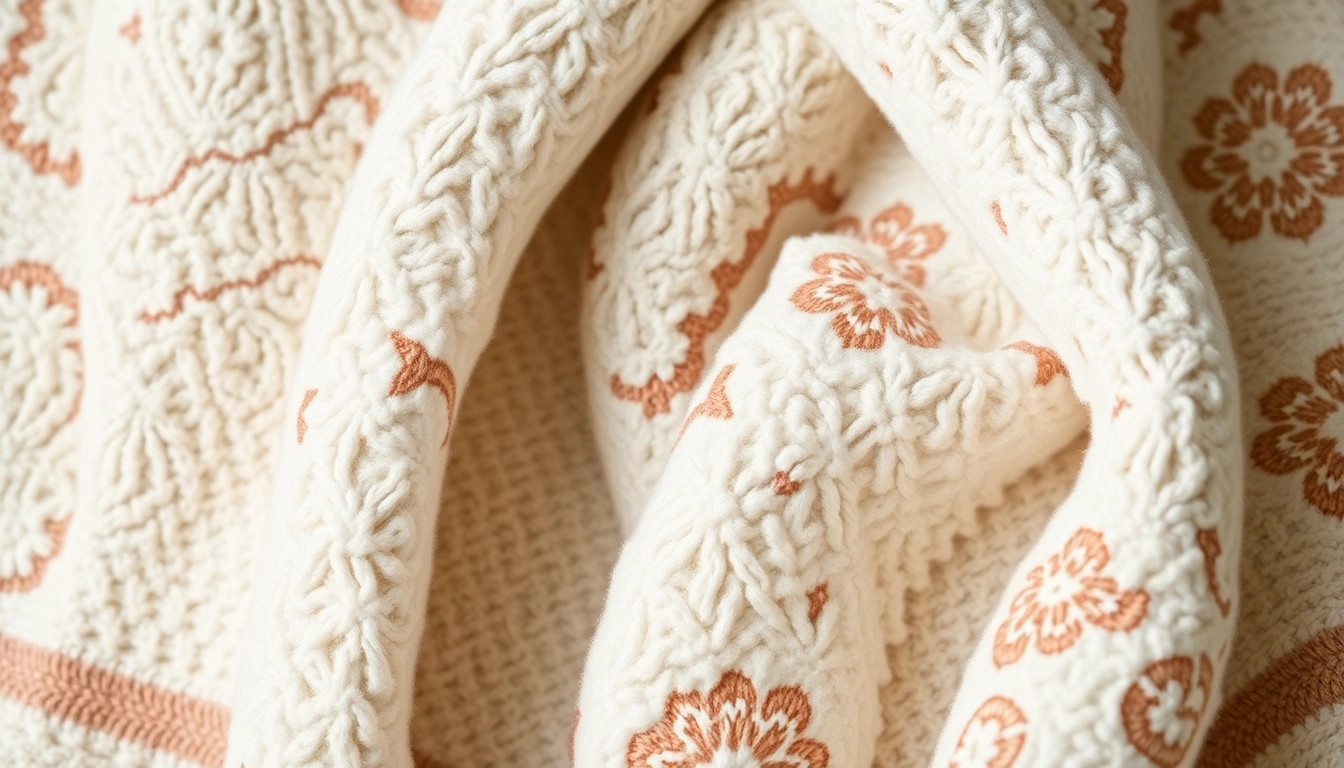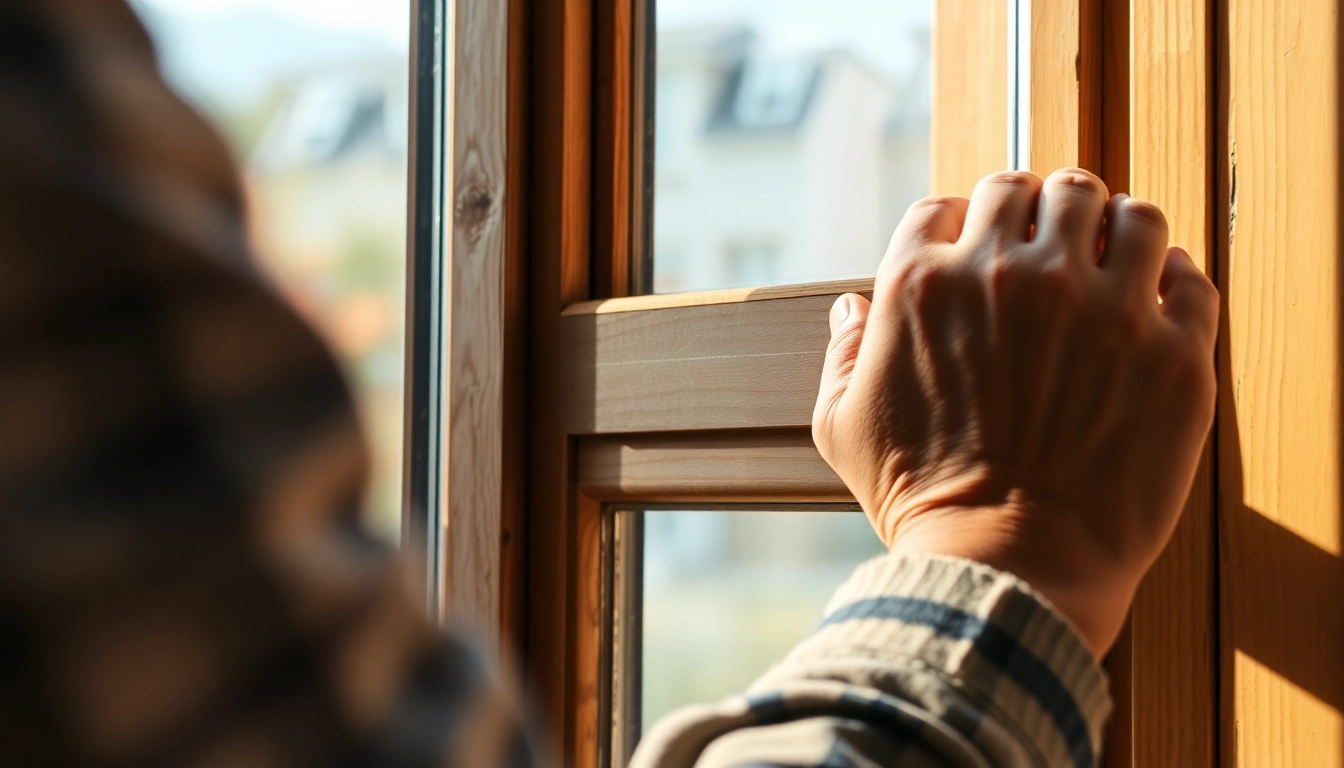Understanding Energy-Efficient Sash Windows
In recent years, the emphasis on sustainability and energy conservation has brought significant focus to the importance of energy-efficient sash windows. These windows not only complement the aesthetic of traditional architecture but also offer modern solutions for thermal efficiency. Energy-efficient sash windows are designed to minimize heat loss and promote sustainable living by effectively utilizing resources. If you’re looking to enhance your home’s comfort while being conscious of energy consumption, energy-efficient sash windows are a wise choice to consider.
Defining Energy Efficiency in Windows
Energy efficiency in windows is determined by their ability to reduce thermal energy transfer between the interior and exterior of a building. This is quantified using various metrics, including the U-factor, Solar Heat Gain Coefficient (SHGC), and the R-value. The U-factor measures the rate of heat transfer; the lower the U-factor, the better a window’s insulating properties. Conversely, the SHGC quantifies how much solar heat enters through the window, which can be crucial in sunny climates. The R-value indicates the resistance to heat flow, highlighting a window’s insulating capacity. A well-designed energy-efficient sash window optimizes these factors to maintain comfortable indoor temperatures year-round.
Benefits of Choosing Energy-Efficient Sash Windows
Selecting energy-efficient sash windows can lead to numerous advantages:
- Reduced Energy Bills: By significantly lowering heating and cooling costs, homeowners can save money over time.
- Increased Comfort: These windows maintain a consistent interior temperature, making living spaces more comfortable.
- Environmental Benefits: Lower energy consumption directly contributes to reduced carbon footprints and promotes sustainability.
- Enhanced Aesthetic Appeal: Energy-efficient sash windows can complement various architectural styles, adding to the overall beauty and value of a property.
- Increase in Property Value: Homes equipped with energy-efficient fixtures often attract higher market values.
Common Misconceptions About Sash Windows
There are several misconceptions surrounding sash windows that may deter homeowners from considering them:
- Misconception 1: Sash windows are only suitable for period properties. In reality, modern designs cater to various architectural styles, ensuring that homes of all types can enjoy their benefits.
- Misconception 2: Sash windows are inherently drafty. With proper installation and the use of high-quality materials, energy-efficient sash windows can effectively minimize drafts.
- Misconception 3: New sash windows are too expensive. While they may have a higher upfront cost, the long-term savings in energy bills often justify the initial investment.
How Energy-Efficient Sash Windows Work
The technology behind energy-efficient sash windows is continuously evolving, ensuring that they meet the demands of modern homeowners while preserving the elegance of traditional designs.
The Role of Glazing in Energy Efficiency
One of the primary components determining the energy efficiency of sash windows is the glazing. Advances in glazing technology, including double and triple glazing, provide superior thermal performance compared to traditional single-glazing. Double glazing comprises two panes of glass with a layer of inert gas—typically argon—sealed between them. This design minimizes heat loss by providing an insulating barrier. Triple glazing, with an extra pane, offers even higher insulation levels, making it ideal for extremely energy-conscious homeowners.
Sealants and Insulation Techniques
Another critical aspect of energy-efficient sash windows is sealants and insulation techniques implemented during installation. High-performance sealants are designed to close any gaps where air may escape, ensuring that the thermal efficiency of the window is maximized. Techniques such as weather stripping and caulking also contribute significantly to minimizing drafts and enhancing insulation. Homeowners should always seek professional installers familiar with these methods to ensure optimal performance.
Comparative Analysis: Sash vs. Other Window Types
Energy-efficient sash windows can outperform many other window types in terms of energy efficiency, aesthetics, and functionality. Unlike casement windows, which open outward and can be awkward in tight spaces, sash windows slide vertically, making them an excellent option for properties with limited exterior space. Additionally, modern energy-efficient sash windows can achieve comparable or better energy ratings when compared to contemporary window designs, showcasing the adaptability and advancements in sash window technology.
Improving Existing Sash Windows for Energy Efficiency
Not all homeowners require new installations; enhancing existing sash windows can yield significant energy savings. Here are effective methods to upgrade older sash windows:
Adding Secondary Glazing
Secondary glazing involves adding another layer of glass or acrylic to the interior of existing sash windows. This approach can drastically improve insulation without compromising the window’s aesthetic. Additionally, secondary glazing can reduce noise pollution, making homes quieter and more comfortable.
Effective Draught Proofing Methods
Draught proofing is essential for improving the performance of existing sash windows. Common methods involve the use of specialized materials, such as weather strips and foam tapes, to seal gaps and prevent air leakage. Homeowners should conduct regular maintenance checks and apply draught-proofing solutions to maintain energy efficiency.
Choosing the Right Glazing Options
Upgrading to advanced glazing options can significantly enhance the energy efficiency of existing sash windows. Homeowners should consider investing in Low-E (low-emissivity) glass, which reflects heat back into the room, thereby reducing reliance on heating systems. Selecting the right type of glazing can also help mitigate condensation issues that are common with older sash windows.
Installing New Energy-Efficient Sash Windows
For those opting for a complete installation of new energy-efficient sash windows, it’s vital to understand key features and processes involved.
Key Features to Look For in New Windows
When selecting new sash windows, consider these key features for optimal energy efficiency:
- Energy Ratings: Look for windows that have an A+ energy rating, indicating high thermal efficiency.
- Glazing Type: Opt for double or triple glazing with Low-E coatings for superior insulation.
- Materials: Choose frames made from timber or high-grade uPVC that are designed to withstand the elements while providing excellent thermal performance.
- Customisation: Ensure that the design and fit of the windows complement your home’s aesthetic while adhering to local building regulations.
Understanding Installation Costs and Processes
Installation costs for energy-efficient sash windows can vary significantly based on materials and window types. Homeowners should budget for the cost of the windows themselves, any necessary structural modifications, and the installation process. On average, prices range from £500 to £1,200 per window, including installation. It’s best to obtain multiple quotes from experienced professionals to ensure you receive fair pricing and quality service.
Working with Professional Installers
Hiring a qualified installer is crucial for maximizing the performance of energy-efficient sash windows. Look for experienced contractors with positive reviews and a solid portfolio of past work. An experienced installer will ensure that windows are fitted correctly, adhere to regulations, and will provide guidance on maintenance and care post-installation.
Long-Term Benefits of Energy-Efficient Sash Windows
Investing in energy-efficient sash windows yields numerous long-term benefits beyond mere aesthetics or immediate cost savings.
Cost Savings on Energy Bills
Over time, energy-efficient sash windows greatly reduce energy expenses. Homeowners can anticipate a reduction of up to 30% on heating and cooling bills, especially in older homes that traditionally lose significant heat. These savings, combined with any available government grants and incentives for energy-efficient home improvements, can make this investment even more appealing.
Enhanced Property Value Through Energy Efficiency
Properties outfitted with energy-efficient features tend to sell for more compared to their less efficient counterparts. Real estate experts suggest that installing energy-efficient sash windows can increase home value by as much as 10%. The combination of reduced energy costs and improved marketability makes them a wise investment for any homeowner looking to sell in the future.
Environmental Impact and Sustainability
Energy-efficient sash windows play a pivotal role in promoting sustainability. By reducing energy consumption, homeowners contribute to decreased greenhouse gas emissions, aligning with global initiatives to combat climate change. Furthermore, many modern sash window manufacturers prioritize sustainable sourcing and production methods, allowing eco-conscious consumers to make informed choices that benefit the planet.




